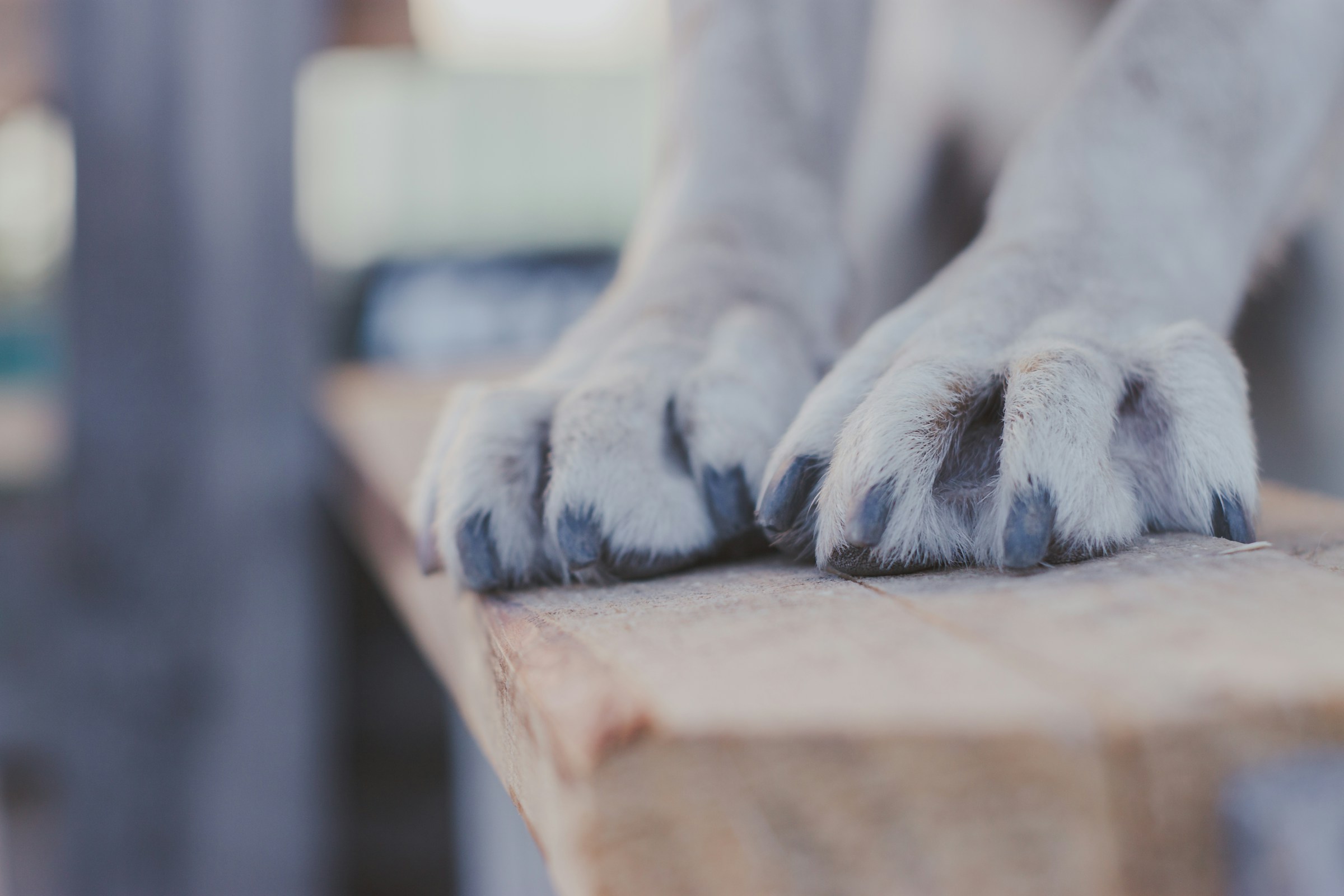Hey there, pet lovers! I’m Jordan Lee, a certified groomer with five years of experience, and in this article, I’m sharing tips on how to safely trim your dog’s nails at home. With my 6 lovely pets keeping my home bustling, I’ve had plenty of nail-trimming practice. My golden retriever used to squirm like crazy during nail trims, but with patience, he now sits calmly. In my grooming salon, I’ve trimmed nails for countless dogs, and I’m here to help you do it confidently and safely.
Nail trimming is a key part of pet care, as I discussed in my DeiMoi guide on regular grooming benefits. It keeps your dog comfortable and prevents health issues. In this article, I’ll explain why nail trimming matters, the tools you need, and step-by-step tips to do it right, all based on my experience.
Why nail trimming matters
Regular nail trims are essential for your dog’s health and comfort. Here’s why it’s a big deal:
- Prevents pain: overgrown nails can curl into paw pads, causing discomfort. I learned this with my spaniel when his nails got too long.
- Improves mobility: short nails help dogs walk properly, especially seniors. My DeiMoi guide on senior dog behavior challenges covers mobility issues.
- Reduces injury: Long nails can split or catch, leading to infections. I’ve seen this in my salon with active dogs like my golden retriever.
- Protects your home: trimmed nails mean fewer scratches on floors or furniture. My spaniel’s nails were a menace until I got consistent.
The American Society for the Prevention of Cruelty to Animals (ASPCA) offers great advice on dog grooming essentials.
Tools you’ll need for nail trimming
Using the right tools makes nail trimming safer and easier. Here’s what I use for my dogs:
- Nail clippers: choose guillotine or scissor-style clippers for dogs. I use scissor clippers for my golden retriever’s thick nails.
- Nail grinder: a grinder smooths edges and works for anxious dogs like my spaniel. It’s gentler but takes longer.
- Styptic powder: this stops bleeding if you cut the quick. I keep it handy in my salon.
- Treats: rewards calm behavior. My dogs love chicken bits during trims.
- Bright light: good lighting helps you see the quick, especially on dark nails.
How to trim your dog’s nails step by step
Trimming nails can feel daunting, but with care, it’s manageable. Here’s how I do it:
- Prepare your dog Get your dog comfortable by handling their paws daily. I started this with my spaniel to ease his nerves. Choose a quiet space and have treats ready. If your dog’s stressed, take it slow, as I note in my DeiMoi article on smart collars for pet monitoring for tracking anxiety.
- Inspect each nail for dirt or damage. I look closely at my golden retriever’s nails to spot cracks. Hold the paw firmly but gently and use a bright light to see the quick—the pink blood vessel in light nails. For dark nails, trim small bits to avoid the quick.
- Trim carefully. Clip a small piece of the nail at a 45-degree angle, staying below the quick. I trim my spaniel’s nails in tiny increments to be safe. If you’re unsure, cut less—frequent trims are better than cutting too much. If using a grinder, go slowly to avoid heat buildup.
- Watch for the quick. If you nick the quick, it’ll bleed and hurt. Apply styptic powder and stay calm—my golden retriever once yelped, but a quick dab fixed it. Dark nails are trickier, so trim conservatively. My DeiMoi article on remote vet consultations can guide you on getting help if bleeding persists.
- Smooth the edges. Use a grinder or file to smooth rough edges. I grind my spaniel’s nails for a polished finish, which he prefers. This step prevents snags and keeps paws comfy.
- Reward your dog. Give treats and praise after each paw. My golden retriever gets a big treat for staying still, making trims a positive experience. Keep sessions short, especially for seniors, as I mention in my DeiMoi guide on grooming tips for older cats.
Tips for success
Here are tricks I’ve picked up from my grooming career:
- Trim every 3–4 weeks: my golden retriever’s nails grow fast, so I stay on schedule.
- Stay calm: dogs sense stress. I keep a relaxed vibe to ease my spaniel.
- Check for skin issues: nail trims are a chance to spot paw problems, like I cover in my DeiMoi guide on preventing dog skin issues.
- Use nutrition: a balanced diet supports nail health. My DeiMoi article on adding fiber to dog diets has tips.
- Get help if needed: if your dog’s too anxious, a vet or groomer can step in. My DeiMoi article on AI in vet diagnostics explores tech options.
The American Kennel Club (AKC) has a helpful guide on safe dog nail trimming, verified live as of May 13, 2025.
Special considerations
- Anxious dogs. If your dog’s nervous, like my spaniel was, start with paw handling and treats. Short sessions build trust.
- Older dogs. Seniors may have brittle nails or arthritis, so be gentle. My golden retriever needs extra care, as I note in my DeiMoi guide on senior dog behavior challenges.
When to see a vet
If you notice cracked nails, swelling, or limping, contact a vet. My spaniel had a split nail once, and a quick vet visit fixed it. Persistent bleeding or anxiety during trims also warrants a check, as I discussed in my DeiMoi guide on remote vet consultations. For dental care during grooming, check my DeiMoi article on dog dental care at home.
Final thoughts
Trimming your dog’s nails at home is a simple way to keep them comfortable and healthy. With five years of grooming experience and a house full of pets, I’ve seen how a little prep—like with my squirmy golden retriever or my cautious spaniel—makes nail trims a breeze. Use the right tools, go slow, and reward your pup. For more pet care tips, explore DeiMoi articles like preventing dog skin issue

I’m a certified pet groomer with five years of experience, passionate about helping pet owners keep their furry friends happy and healthy. I run a bustling grooming salon where I work with dogs, cats, and even the occasional small pet, offering practical advice based on hands-on expertise. My home is a lively pet haven, shared with a golden retriever, a spaniel, a British short-hair, a Persian cat, a hamster, and an African Grey parrot—each teaching me something new about pet care daily.
